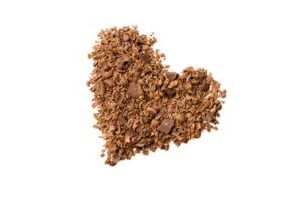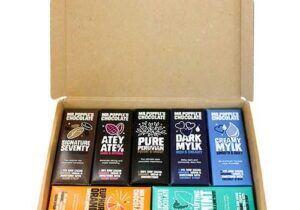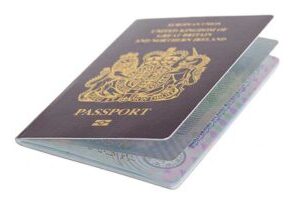BLOG
Percentage of Cocoa: What Does It Mean in Chocolate?
What does the percentage of cocoa in chocolate mean? It is a simple question that often confuses people. The cacao/cocoa content in milk and dark chocolate can range anywhere from 25% to 100%. The higher the percentage of cacao, the less additives and extra ingredients there will be in your chocolate. This means there is more room for nutrients and antioxidants!
The cocoa percentage listed is the amount of cocoa the chocolate producer has chosen to put into their bar. The higher the percentage, the stronger the chocolate flavour is going to be. In some cases, a low cocoa percentage can be an indicator that the chocolate you’re consuming is using extra sugar to mask the lack of a strong chocolate taste in their bars. In the UK, milk chocolate bars must contain at least 25% of cocoa solids in order for it to be sold. In the USA it’s just 10%.
It is often said by health professionals that chocolate that has 70% cocoa solids is the healthiest option, if you do want to treat yourself. However, in reality, most 70% chocolate you find in your supermarket includes a staggering amount of sugar. Just under a third of a 70g bar will be made up of sugar. This works out as 4tsp of sugar in a chocolate bar. Imagine drinking 4tsp of sugar in your cuppa every time! This highlights the importance of double checking what goes into your favourite chocolate.
The desired percentage of cacao in chocolate bars can be determined by the variety of cacao. some cacao beans have floral flavour notes, whilst others taste more of caramel or tobacco. It’s all about getting the best percentage for each flavour to shine through.
Our Chocolate:
Mr Popple’s organic raw dark chocolate bars range from 70-100%. The lowest percentage bar we offer is a delightfully flavoursome 43%. They are creamy, rich and intensely bursting with flavour. The higher the percentage the more potent the flavour will be. Our Pure Peruvian has 100% cacao solids and is naturally bitter, showing off the true flavours of raw cacao!
Our yacon sweetened sugar free chocolate bars are exclusively sweetened with yacon syrup. Yacon Syrup is low GI, low calorie, and acts as a natural prebiotic. A healthy addition to our raw cacao bars. Mr Popple’s Chocolate bars are the only ones in the country making use of this superb sweetener! In using yacon, our chocolate bars are sugar free, meaning that you are free to experience the full flavours that cacao has to offer. There are no pesky additives to distract you from this unique tasting experience.
Here at Mr Popple’s Chocolate, our vegan milk chocolates have a higher percentage of cacao than most conventional chocolate bars. This is so we can make sure you still get a nice hit of the chocolatey flavour you know and love. The milk chocolates in our range are sweetened with coconut syrup and coconut sugar, these are healthier alternatives to regular cane sugar. In addition to this, our bars are made with hemp and rice milks. Not only do these give our bars a deliciously nutty and creamy flavour, it ensures that they are always 100% vegan friendly and dairy free.










